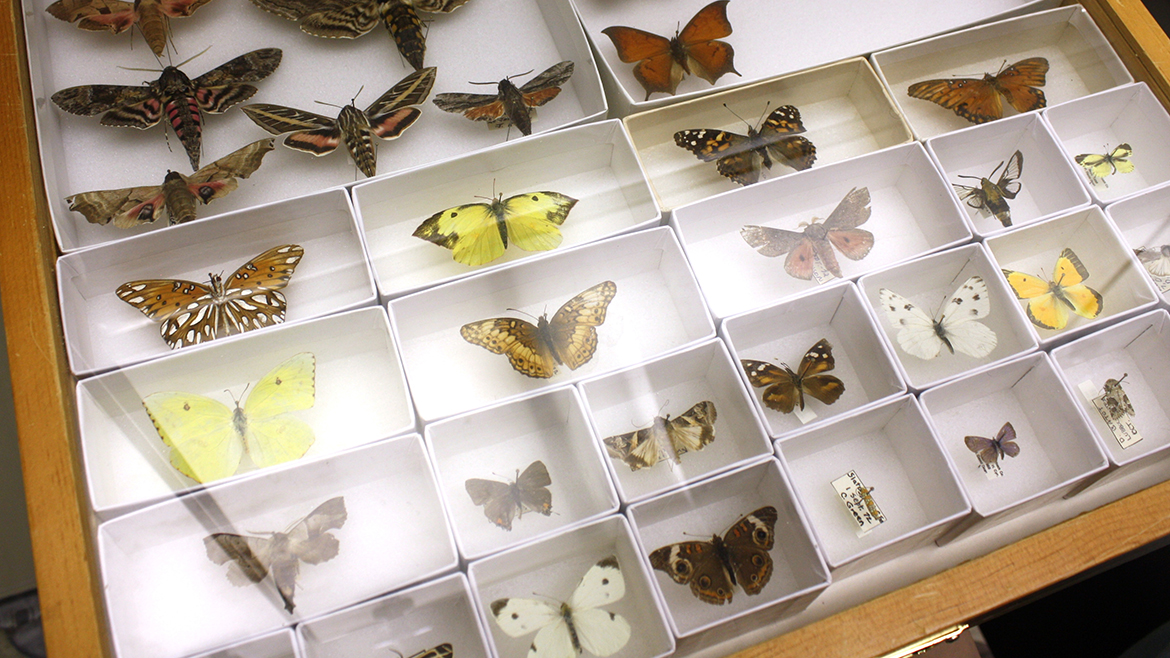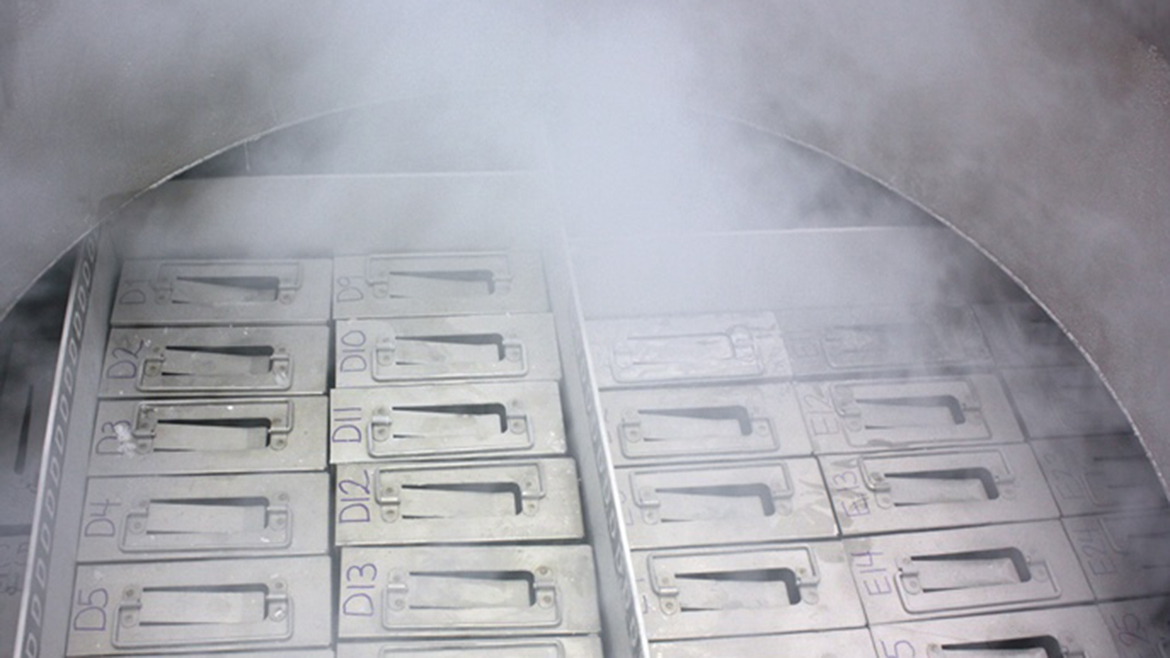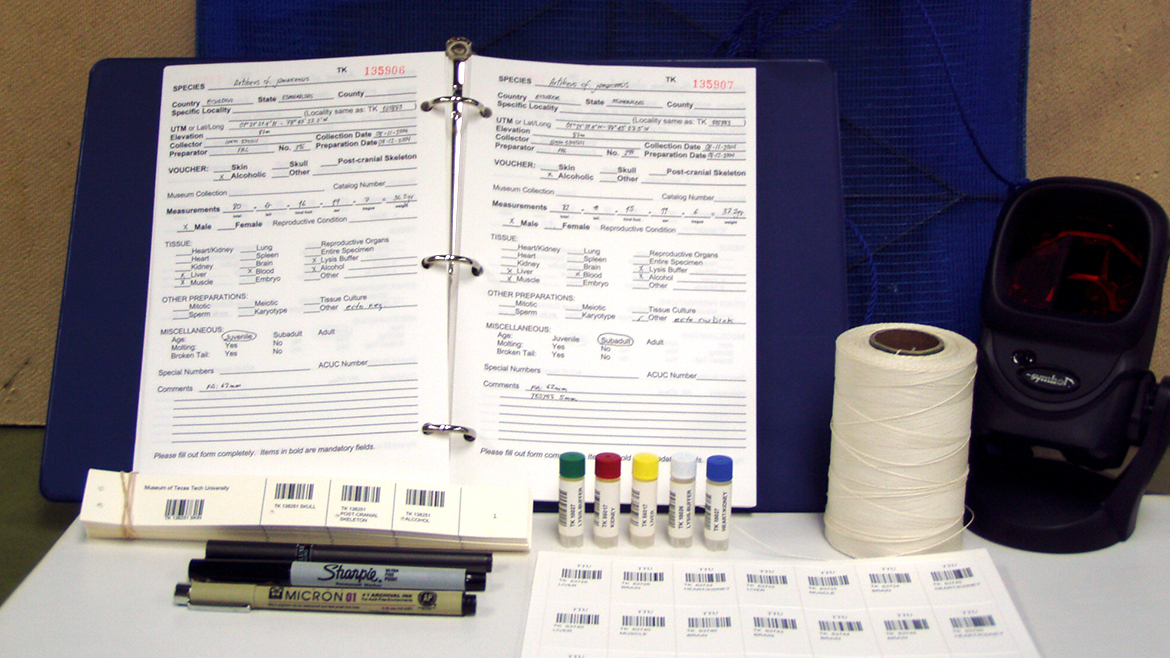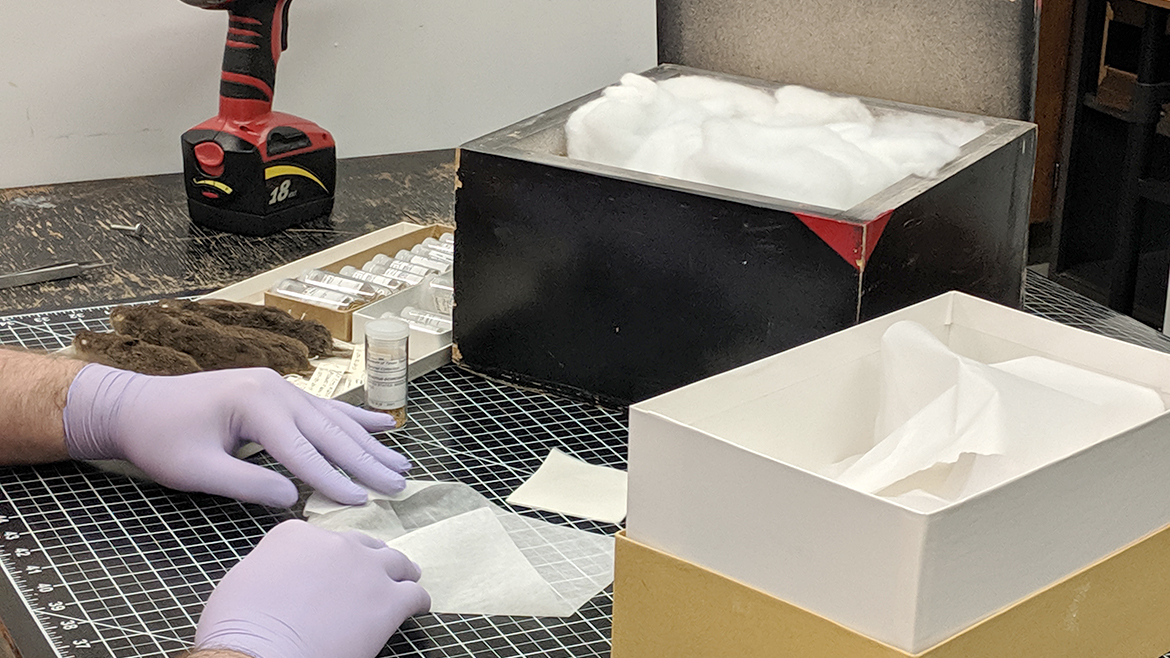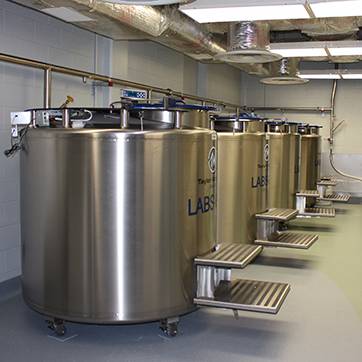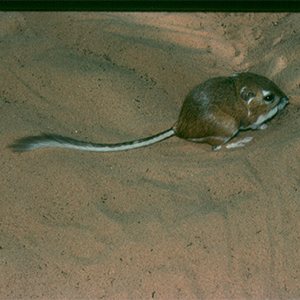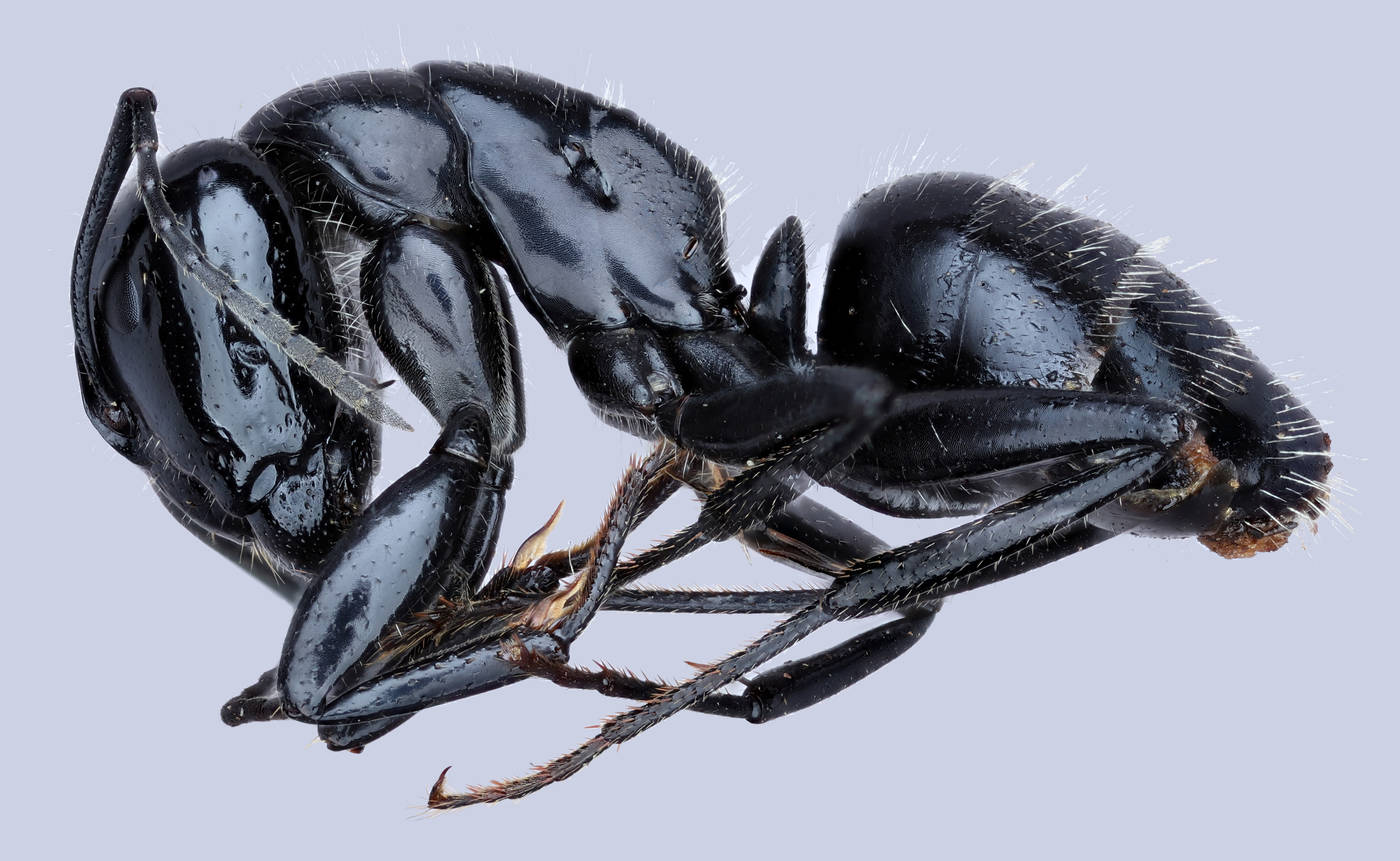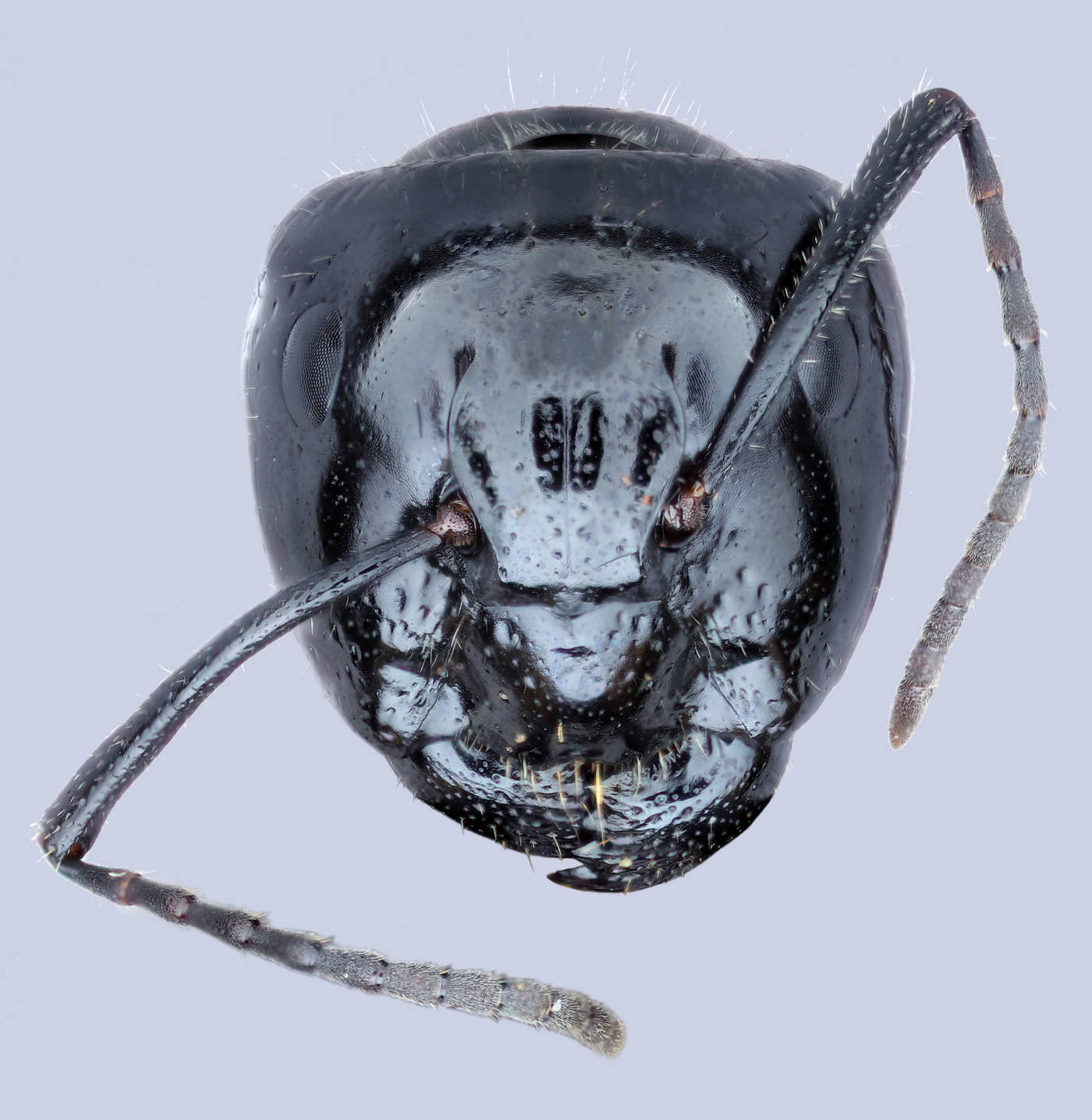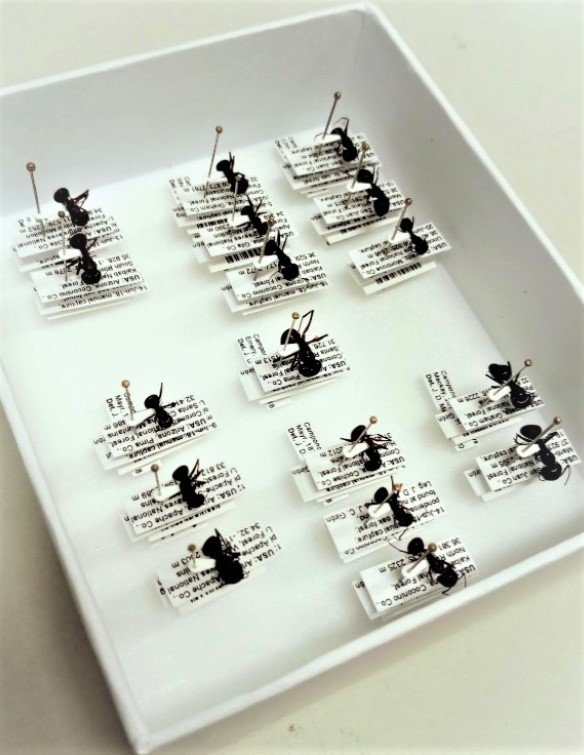Natural Science Research Laboratory
The Natural Science Research Laboratory (NSRL) is a division of the Museum of Texas Tech University committed to the mission of building and preserving a library of our planet's natural heritage for education and research purposes. The NSRL has been recognized as a leader in the development and use of innovative methodologies for biological collections care and data management.
The NSRL maintains four major natural history collections: Mammals, Birds, Invertebrates, and Genetic Resources. These collections are available to researchers at academic, scientific, and government institutions around the world for scientific investigation, discovery, and problem-solving in the natural sciences. The causes and impacts of animal-borne diseases, parasites, climate change, habitat loss, geographic isolation, and natural evolutionary processes and speciation are just a few examples of the investigations that can be conducted utilizing specimens and tissues archived in the NSRL's collections. Further, the resources of the NSRL are utilized by the academic and scientific communities to train and educate students at the undergraduate and graduate levels for careers in the natural sciences as well as museum science.
News
April 2024 Students who have been working with specimens and samples housed at the NSRL presented their research projects at the 2024 Texas Tech University Undergraduate Research Conference. Representing the Invertebrate Zoology Collection and mentored by Dr. Jennifer Girón (including links to the posters): Rachael Johnston (Department of Plant and Soil Science), Lillian Prescott (Department of Natural Resources Management), Shelby Hernandez (Department of Plant and Soil Science), and Joshua Winsauer (Department of Natural Resources Management). Prescott tied for the First Place for the LEDA Outstanding Presenter Energy & Environment Award and Hernandez and collaborators got Third Place for the LEDA Outstanding Presenter in Agriculture. Representing the Mammal Collection and Dr. Bradley's laboratory in Biological Sciences: Julia Carmona Cabral. Representing the Mammal Collection and Dr. Steven's laboratory in Natural Resources Management: Hannah Belinne.
March 2024 We are pleased to announce that Seth Palmer has been hired as Outreach Intern for the NSRL. Seth is a current Master's student in the College of Media and Communications. During his time with the NSRL, Seth will be working on various projects to promote the NSRL and its mission via social media, outreach to schools, and other engagement and outreach activities.
March 2024 On 1 March 2024, NSRL Collection Manager for Mammals Heidi Amarilla-Stevens gave an invited presentation on the “Importance of Scientific Collections” to 30 senior Biology students at the Colegio de Biólogos del Paraguay (College of Biologists of Paraguay).
March 2024 The Spring 2024 edition of NSRL News is now available! Check it out for updates on the latest NSRL happenings.
March 2024 The NSRL Ornithology Collection database is now available online. Dr. Nancy McIntyre, Curator of Ornithology, and Ashley Kempken, former graduate student in the Museum Science Program at the Museum of Texas Tech, in collaboration with NSRL Curator of Collections Heath J. Garner and Curator of Invertebrate Zoology Dr. Jennifer C. Girón, made the records of the Ornithology Collection available online through the portal Consortium of Small Vertebrate Collections (CSVColl) and the Global Biodiversity Information Facility (GBIF). The data can also be searched through the NSRL vertebrate database. More than 6,000 records of birds, with an emphasis on Texas species, are now publicly available.
September 2023 We are pleased to announce that Dr. Jennifer Girón has been appointed as the NSRL's Curator of Invertebrate Zoology! In her previous part-time position as Acting Collections Manager, Jennifer was already performing many important duties in the Collection, including processing incoming and outgoing loans, digitizing the collection, supervising student workers, and conducting outreach and engagement activities. Her appointment as Curator fills a vital role at the NSRL and the Museum, and we are excited for the future of the collection in terms of its on-going care, enhancement, research potential, and education and outreach value with Jennifer as Curator. The Invertebrate Zoology Collection is in good hands!
July 2023 Dr. Jennifer Girón, Acting Collections Manager of the Invertebrate Zoology Collection coauthored a paper describing 38 new species of Neotropical water scavenger beetles. The paper is published in the Open Access journal ZooKeys: Short AEZ, Girón JC (2023) Revision of the Neotropical water scavenger beetle genus Novochares Girón & Short (Coleoptera, Hydrophilidae, Acidocerinae). ZooKeys 1171:1-112. https://doi.org/10.3897/zookeys.1171.104142. Seventeen specimens included in this taxonomic revision (eight of them paratypes), are now housed at the Invertebrate Zoology Collection. Their data can be accesed via ecdysis.
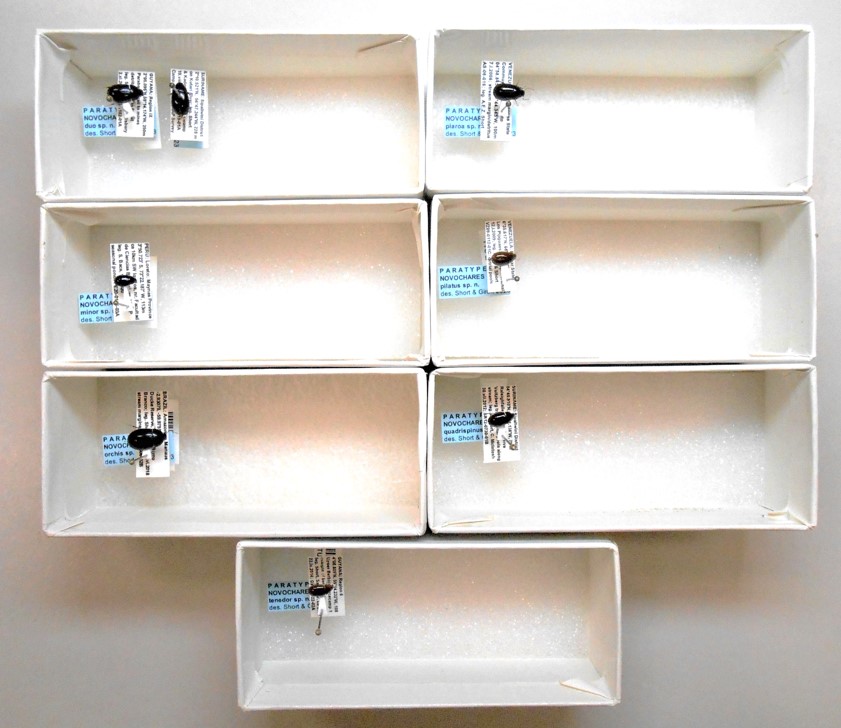
June 2023 After ten years of managing the specimen data of the Invertebrate Zoology Collection via the SCAN (Symbiota Collections of Arthropods Network) portal, we have moved to the Symbiota ecdysis portal for day-to-day digitization activities. The data available in ecdysis include all the past records that were available in SCAN. Ecdysis has additional functions and tools that make data entry and management easier and more efficient. You can find our most up-to-date database at https://ecdysis.org/collections/misc/collprofiles.php?collid=80. The data available in SCAN will be updated monthly.
May 2023 Did you know? A few years ago, NSRL curators, staff, and students, with help from others on campus, led the efforts to establish The Arroyo at the front of the Texas Tech Museum. This naturalized landscape of native plants was designed to mimic the arroyo habitats that are typical along the caprock of the Llano Estacado. The Museum Arroyo includes signage about Llano Estacado habitats, plants, and wildlife. Not only an attractive and educational component of the Museum entrance, the arroyo also functions as natural habitat for a great diversity of native invertebrate species, including pollinator species that are such critical components of an ecosystem, as well as birds. NSRL volunteers Carl Seaquist and Catherine Galley, who work tirelessly to maintain the arroyo by removing non-native plants and clearing out debris, have been documenting the plants and the invertebrates of the Arroyo and the surrounding Museum grounds on two iNaturalist pages, https://www.inaturalist.org/projects/ttu-museum-plants and https://www.inaturalist.org/projects/ttu-museum-invertebrates-lubbock-tx. iNaturalist is a citizen-science website that allows people, world-wide, to post their photographic observations of biodiversity and to share them with fellow naturalists and the research community. Similarly, Catherine is involved in documenting the biodiversity of the Lubbock Lake Landmark at their iNaturalist site, https://www.inaturalist.org/projects/lubbock-lake-landmark. Check out the sites, and join the effort by posting your photos and identifications!
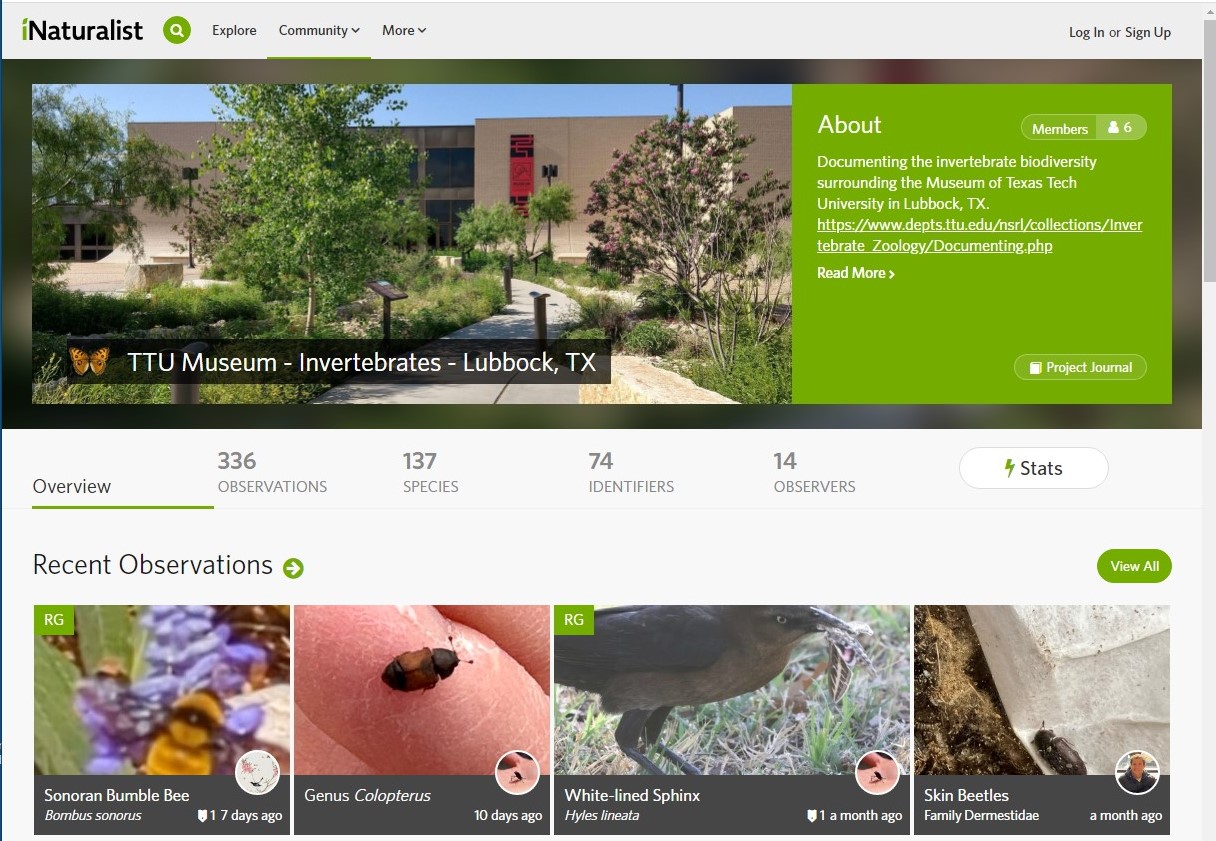
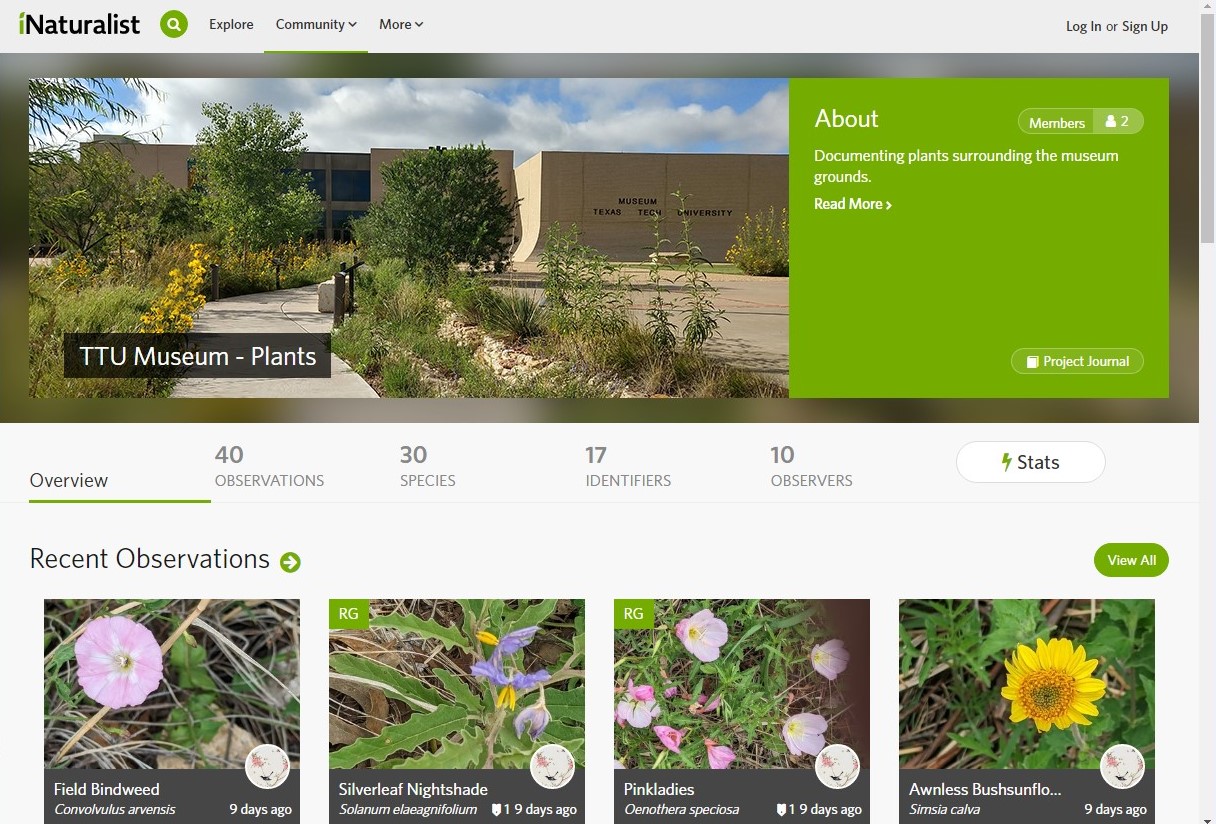
April 2023 Students who have been working with specimens and samples housed at the NSRL presented their research projects at the 2023 Texas Tech University Undergraduate Research Conference. Representing the Invertebrate Zoology Collection: Trier Hodge (Senior Student, Department of Biological Sciences), Sofia Rodriguez (First Year Student, Plant and Soil Science Department), and Joshua Winsauer (Third Year Student, Department of Natural Resources Management). Rodriguez got the First Place Impact Award in the Energy and Environment category. Representing the Mammal Collection and Dr. Bradley's laboratory in Biological Sciences: Georgina Brugette, Madison Reddock, and Savannah Ticknor.
March 2023 Students in the Department of Biological Sciences and Research Associates of the NSRL at the Museum of Texas Tech published new research in the journal Insectes Sociaux. Using whole-genome data to study relatedness in three species of North American carpenter ants (genus Camponotus), researchers found that in these species members of the same colony are full sisters, which indicates that colonies are founded by one, single-mated queen. These results are supported by mtDNA data, allele frequency-free methods, and allele frequency-dependent methods. Specimens from the colonies used in this study are now housed at the Invertebrate Zoology Collection. The complete paper is available open access at: https://doi.org/10.1007/s00040-023-00906-7.
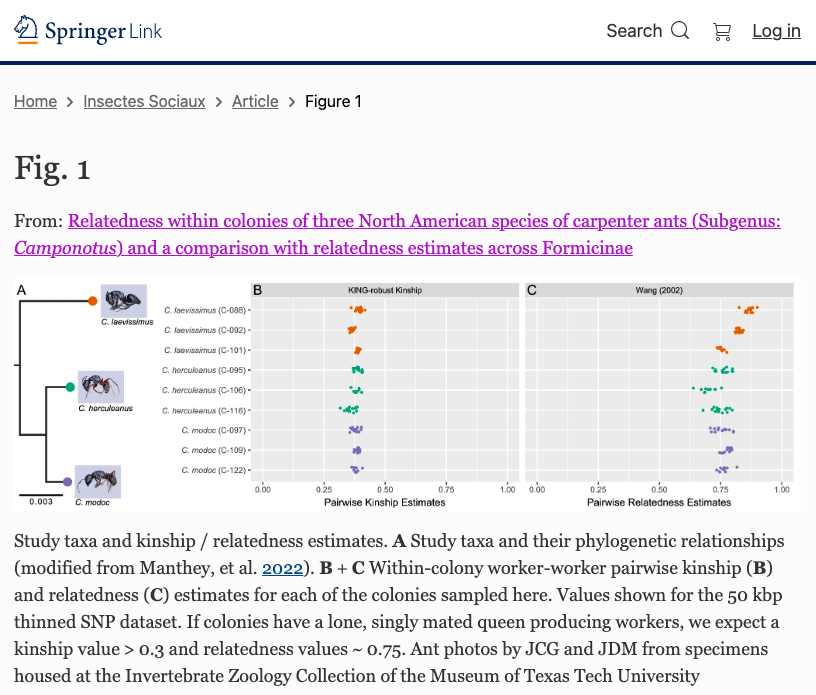
December 2022 On 9 December, during the Third (Virtual) Symposium and Annual General Meeting of The Coleopterists Society, undergraduate student Shelby Hernandez and Acting Collections Manager Dr. Jennifer Girón presented talks about their beetle-related projects. The talks are available for viewing:
July 2022 Research Associates of the Natural Science Research Laboratory (NSRL) at the Museum of Texas Tech published new research on carpenter ants and their endosymbionts. Endosymbionts are microorganisms that live inside other organisms, and in many cases helping their hosts obtain nutrients. The team studied the effect of the demography and evolutionary history of the host ants on the molecular evolution of their endosymbionts. Representative specimens from the ant colonies used in this study are now housed at the Invertebrate Zoology Collection of the Museum of Texas Tech. The paper was published in the journal Ecology and Evolution and authored by Dr. Joseph Manthey, professor of the Biology Department at TTU, Jack Hruska, doctoral candidate of the Biology Department at TTU, and Dr. Jennifer Girón, acting collections manager of the Invertebrate Zoology Collection of the Museum of Texas Tech. The complete paper is available open access at: https://doi.org/10.1002/ece3.9026
Natural Science Research Laboratory
-
Address
Museum of Texas Tech University, 3301 4th street, Lubbock, TX 79409 -
Phone
806.742.2486 -
Email
nsrl.museum@ttu.edu



